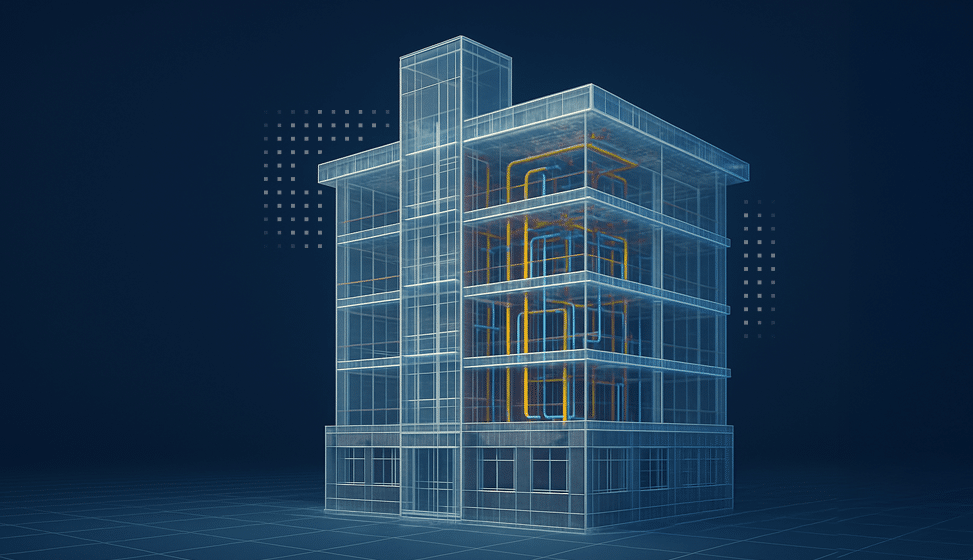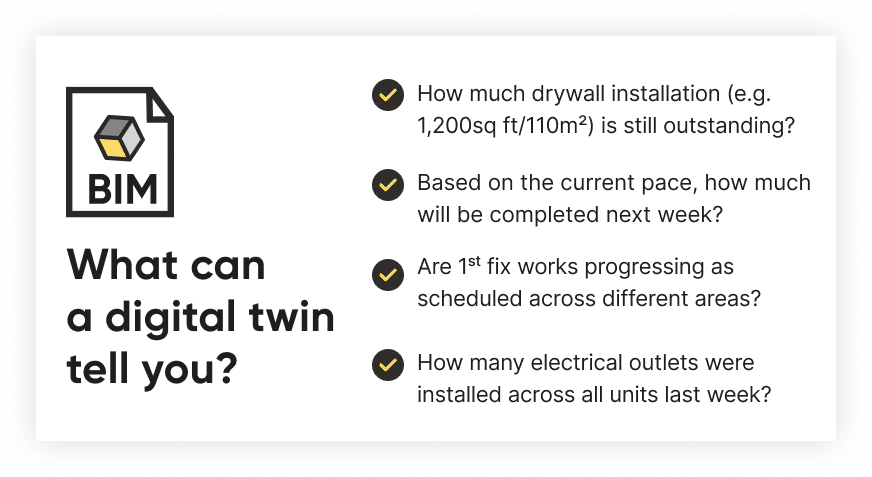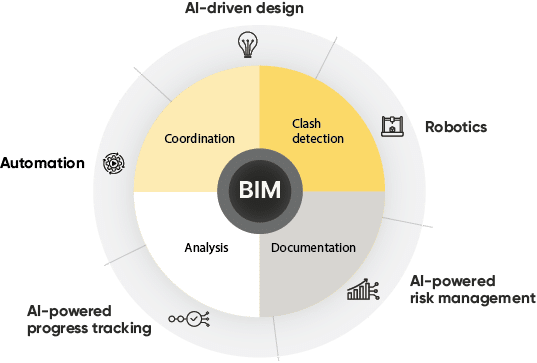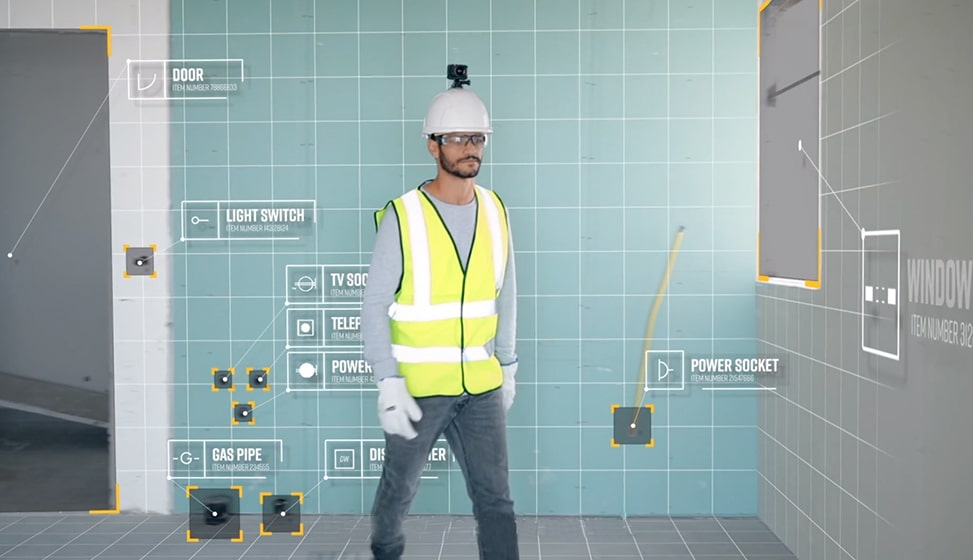The value of Building Information Modeling (BIM)

Building Information Modeling (BIM) can dramatically improve the design and planning phases of a construction project, leading to smoother and more efficient execution. With better designs comes less need for on-the-fly decisions on-site, which in turn increases productivity and reduces errors. Therefore, a well-thought-out plan, supported by BIM, results in a more realistic program and a more predictable process overall.
However, challenges persist. The construction industry's complex business model often makes it difficult for decision-makers to justify upfront investment in BIM – even though it has clear long-term value.
Despite this, BIM adoption is steadily increasing, with some construction firms taking the lead by managing BIM coordination themselves and creating highly detailed “manufacturing models” for their projects. But when it comes to industry-wide adoption, it is still slower than it needs to be.
Bringing BIM closer to the site team
While the indirect benefits of Building Information Modeling (BIM) – such as better planning and coordination – are widely acknowledged, some sites still struggle to see its immediate, tangible value on the ground. On a typical construction site, the ways to extract immediate value from BIM are often underutilized:
- 5D BIM: adding cost estimation to the model
- Augmented Reality (AR) tools: help visualize and validate installations
- 4D BIM: integration of schedule and time into the model to enhance planning
These tools hold great potential, but they’re not yet seen as core to the day-to-day responsibilities of site teams. As long as BIM remains somewhat removed from daily site operations, main contractors will hesitate to fully champion its widespread use.
A shift is happening: From BIM to digital twins
Fortunately, a change is underway. A growing number of construction tech companies – including Buildots – are embracing the vision of transforming Building Information Modeling (BIM) into a project’s digital twin. Realizing this vision unlocks a whole new layer of value for the construction industry.
Digital twins give project teams access to process control tools traditionally used in manufacturing. Built on a foundation of BIM and enhanced through 4D modeling, which links schedule data to the model, these digital environments enable forecasting, tracking, and proactive decision-making directly linked to project performance.
Imagine a project control environment where questions like the following are answered automatically:
- How much drywall installation (e.g., 1200 sq ft/110 sqm) is still outstanding?
- Based on the current installation pace, how much will be completed next week?
- Are 1st fix works progressing as scheduled across different areas?
- How many electrical outlets were installed across all units last week?

This isn’t just about visibility – it’s about empowering construction teams with actionable data to drive better decisions. With capabilities such as anomaly detection, process optimization, and predictive analytics, the industry can finally bring a level of scientific rigour to project execution.
This is already a reality
Thanks to breakthroughs in Computer Vision and AI, companies like Buildots are already delivering digital twin technology built on BIM frameworks. This is no longer a vision of the future – it’s happening now on real projects.

As a result, the value that contractors derive from BIM is expanding far beyond design optimization. It’s reshaping how construction is managed on a daily basis, empowering teams with insights that drive measurable performance improvements.
The digital twin is an essential component of the broader transformation in construction, enabling data-driven decision-making and enhanced project visibility. With 4D BIM at its core, this technology bridges the gap between planning and execution, bringing previously unavailable insights directly into the hands of project teams.
If you would like to see how Buildots can support your teams in implementing 4D BIM or help you extract more value from your existing Building Information Modeling workflows, get in touch. Book a demo.


